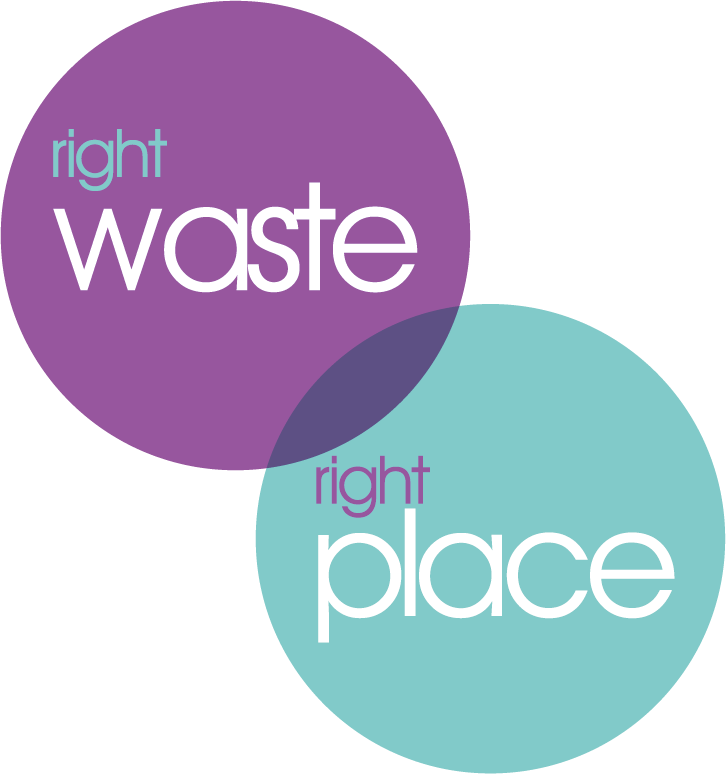Want to become compliant?
Are you obliged to meet a ‘duty of care’, under section 34 of the Environment Protection Act of 1990? Maybe you are, maybe you aren’t, maybe you have absolutely no idea and that’s how you’ve ended up reading this article. Are you unsure about the correlation between the number of employees you have, the number of sites you own and the amount of waste you handle, produce or sell?

Lucky for you, the ‘Right Waste, Right Place’ campaign has been launched by the Environmental Services Association, as well as many sponsors, and is packed full of case studies, videos, FAQs and much, much more. Knowing that there is a lack of cohesion on the waste management side of things for many businesses, they have set out to provide authority on how to become compliant. By the way, compliance means that every establishment or business that produces waste has the responsibility for managing it properly. Failure to comply could land you in court and on the end of a hefty fine.
The difficult thing is, many companies don’t know whether they are or are not compliant and find out the hard way. According to research results posted on the Right Waste, Right Place website, 90%of organisation who are breaking compliancy regulations are SMEs (Small to Medium Enterprises), with just 0-50 employees. It’s the little guy who is losing out. Right Waste, Right Place want to fill that gap of knowledge and be the go-to solution for any business looking to meet their Duty of Care. The name, Right Waste, Right Place, is designed purposely to encourage users to put the right waste in the right place, and make yourself compliant with ease.
Frequently Asked Questions
The FAQ section offers a list of the big questions, with some compelling and informative answers. Here’s an example:
What is waste?
Any material or item which you or your business have no further use for and wish to be removed. It might be capable of repair or re-use, but you are discarding it.
Materials might include the following:
- Food/kitchen waste – such as cans, cartons and food
- Computer waste – such as computer monitors and other electrical goods
- Hazardous wastes – such as batteries and acid
- Construction waste – such as wood and plasterboard
- Office waste – such as paper and spent toner and printer cartridges
- Production waste – off specification raw materials, scrap metals, packaging
How to comply
The ‘how-to-comply’ page offers a quick, four step guide on how to go from non-compliant to compliant. Here are the four steps:
- Identify the components of your waste and what to do with them
- Work out what waste can be recycled or reused
- Separate your waste into recyclables, non-hazardous and hazardous categories and store accordingly
- Keep your waste secure
Need to know cards
The need to know cards are PDF files containing brilliant information about a selection of waste items, many of which prove difficult to SMEs and larger businesses. They define the item and explain whether it can or can’t be recycled, and how you must go about the disposal, all in a very simple and clear way.
The categories for need to know cards are: Lightbulbs, Asbestos, Metals in massive form, Metal powders or turnings, Wood, Batteries, Paints and Varnish, Hard plastic, Agricultural plastic.
Benefits of being compliant
As well as avoiding illegal practices and risking fines, an additional perk of compliance comes in the form of being organized. Right Waste, Right Place indicate that those who comply are often more successful, as a result of thinking about the waste in a responsible and organised way. This kind of mindset encourages positive and progressive thinking and better behavioural systems within a business. Bad habits create bad problems.
For more information, and to see the site and all of its resources yourself, visit http://www.rightwasterightplace.com/


